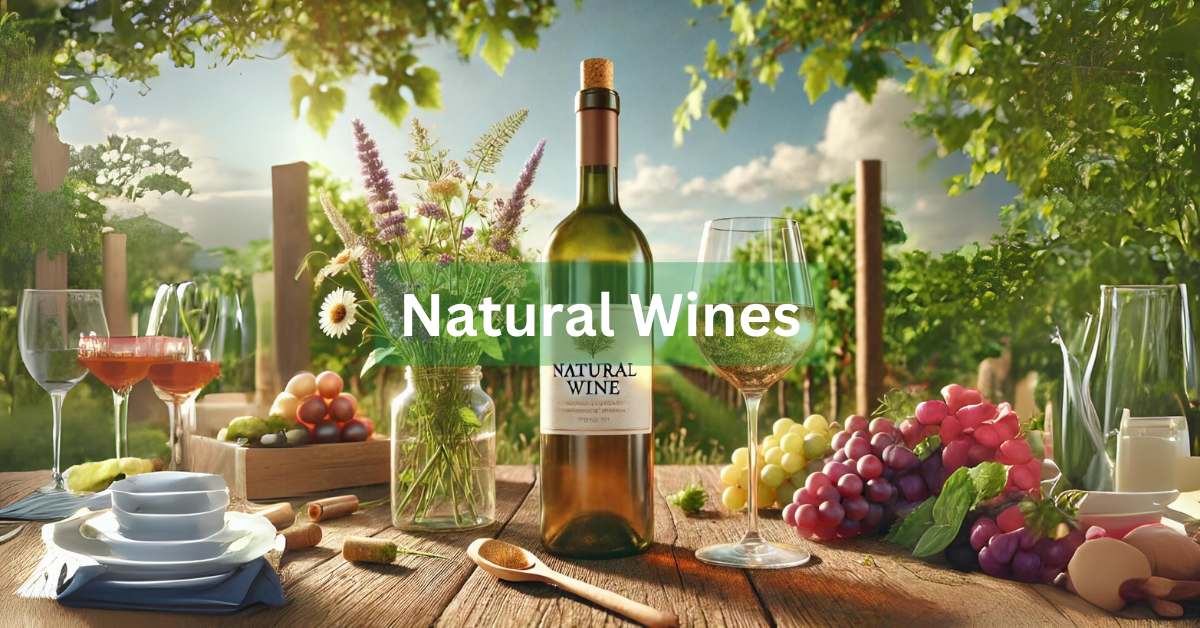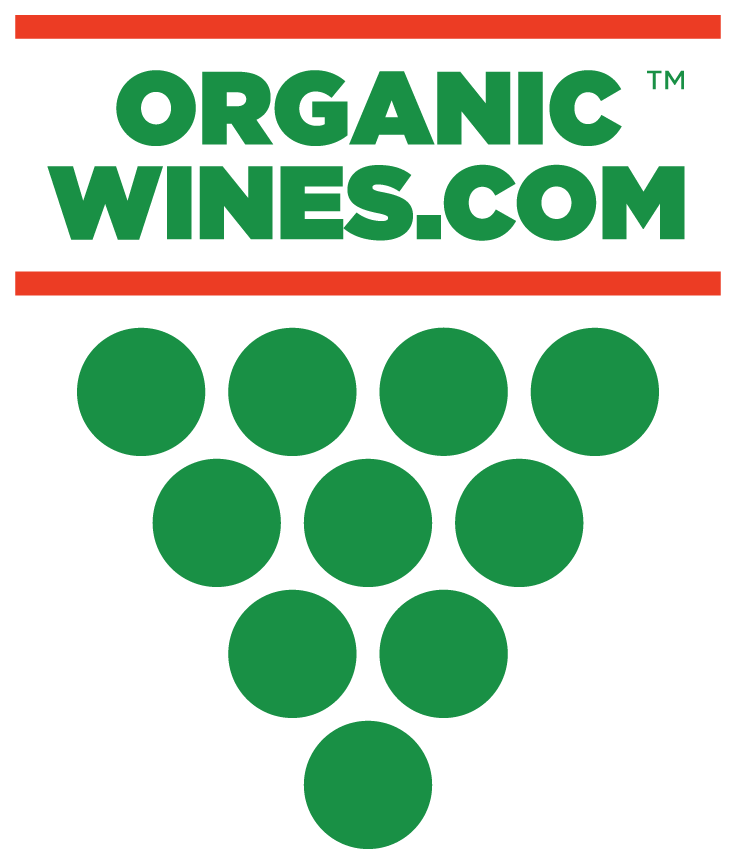
If you have even a passing interest in wine, chances are you've come across the term "natural wine." Natural wine represents the unfiltered, unrefined essence of the winemaking process—a raw and unadulterated expression of the grape. Unlike conventional wines, natural wines often diverge from the expected flavor profile, sometimes resembling sour beer or kombucha more than traditional wine.
Don’t believe everyone who says we sell natural wines. Natural wine transcends strict categorization, existing more as a conceptual approach to winemaking rather than a clearly defined category with universally agreed-upon characteristics. At its core, natural wine embodies the essence of pure, unadulterated fermented grape juice, free from any additional additives or manipulation.
Comprehending natural wine necessitates a fundamental grasp of the typically intricate winemaking process. Simplified, this process involves two primary stages: cultivating and harvesting grapes, followed by fermenting them to create wine. Natural wine originates from grapes cultivated without the use of pesticides or herbicides. Rather than relying on machinery, natural winemakers opt for handpicking their grapes. During the fermentation stage, these winemakers eschew commercial yeast strains, instead allowing the indigenous yeast naturally present in the environment—found in the air and naturally occurring on grape skins—to initiate fermentation. In contrast to conventional winemaking practices, natural winemakers abstain from using additives such as artificial oak flavors, sugar, acid adjustments, or egg whites during the winemaking process.
At times, certain natural winemakers may introduce sulfites, a preservative and stabilizer with a longer history of use in winemaking than any other additive. Sulfites play a crucial role in maintaining the consistency of the wine's taste from bottling to consumption. While some natural winemakers opt for minimal or no added sulfites, conventional winemakers typically utilize sulfites in significantly larger quantities, up to ten times as much. Moreover, their application methods differ: Conventional winemakers incorporate sulfites early in the winemaking process to eliminate natural yeasts, followed by additional doses throughout production, whereas natural winemakers may only add a small amount just before bottling. The purest expression of natural wine—fermented grape juice without added sulfites—is often referred to as "zero-zero," denoting the absence of any additional additives.
The modern natural wine movement is widely acknowledged to have originated in rural France, where a small group of vintners practicing minimal intervention methods within their organic vineyards discovered one another, forming a tight-knit community. These pioneers, operating largely in isolation within their respective regions, prioritized organic farming practices and minimal cellar additives.
According to Lefcourt, one of the earliest formal gatherings dedicated to natural wine was La Dive Bouteille in 1999. Initially featuring 15 winemakers and approximately 100 attendees, the event has since grown exponentially. Today, La Dive attracts hundreds of winemakers and thousands of enthusiasts, evolving into a highly anticipated annual gathering that epitomizes the excitement surrounding the natural wine movement.
But what should go well with somehow naughty characters with those natural wines?
Light, vibrant, and slightly saline natural wines complement lighter fish dishes and grilled vegetables exceptionally well. On the other hand, fuller-bodied whites such as California Chardonnays or those from the warm-climate regions of southern Italy, are ideal companions for roasted and grilled chicken dishes.
